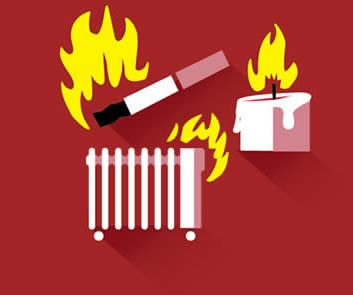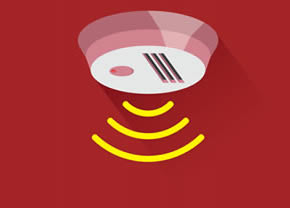E-bike and e-scooter battery safety
Lithium-ion batteries are the fastest growing fire risk in New South Wales. It is important for you to understand the risks and be prepared if things go wrong.
Things you need to know:
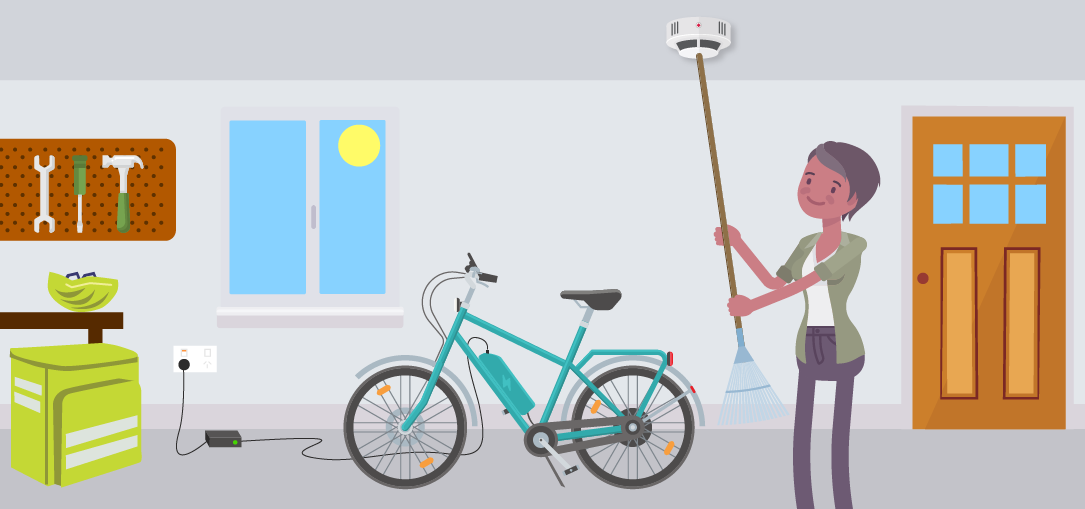
Prepare
- Make sure a smoke alarm or heat alarm is working in rooms where it is charged or stored.
- Make sure that there's nothing around it that could catch on fire.
- Don't charge in or near living-spaces like bedrooms or living rooms.
- Charge in an open area like a garage or shed, away from exits.
- Only charge on hard surfaces that can't catch on fire like concrete floors or tiles.
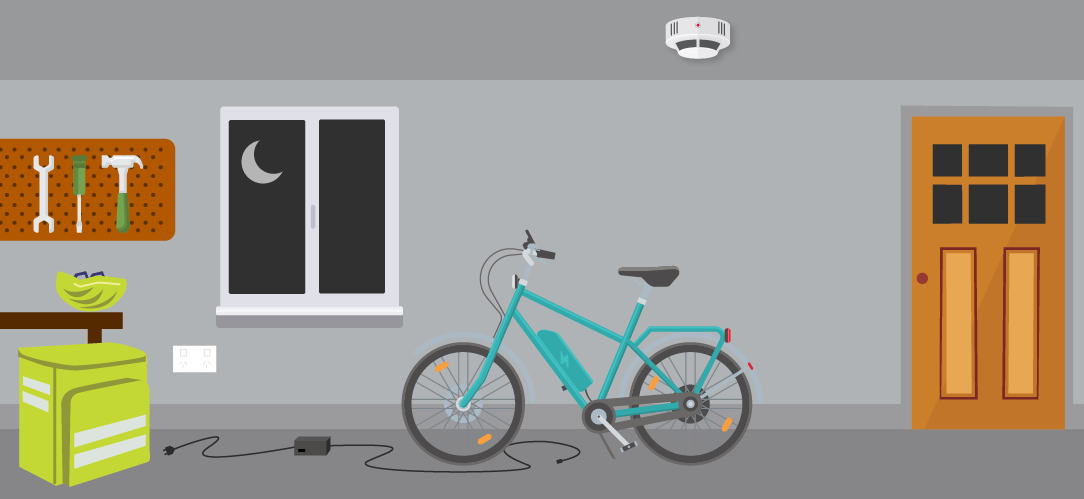
When to charge
- Do not charge batteries when sleeping or not at home. Remember, you can't smell smoke when you're asleep.
- Once the battery is full, disconnect it from the charger.
- Don't use and charge batteries that are swelling or bulging, leaking, or overheating.
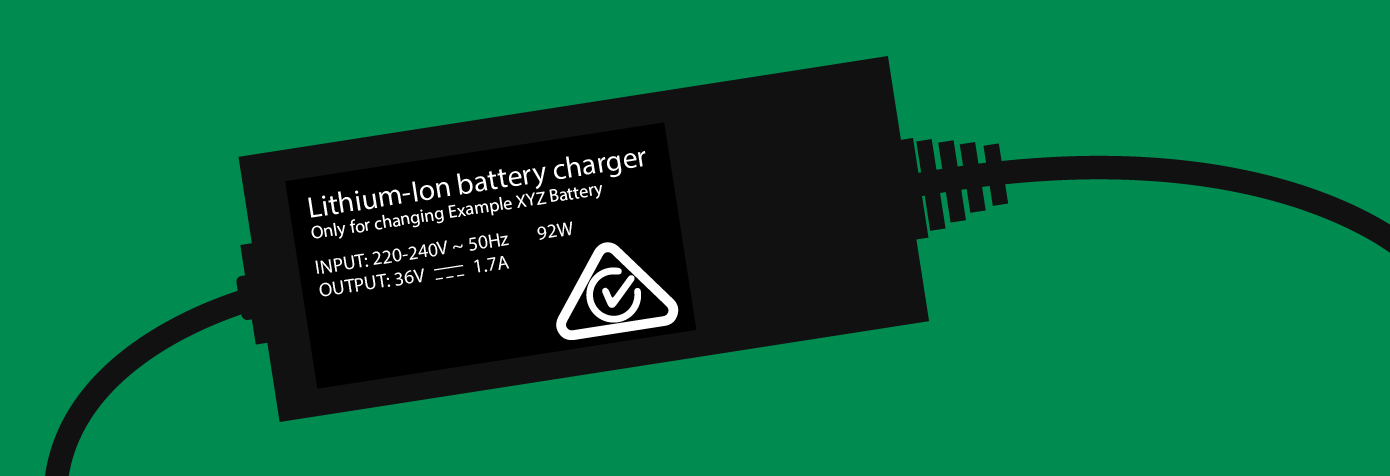
Charging
- If the charger didn't come with the device or battery, don't use it. Only use approved chargers to charge your battery.
- Only use chargers that show the Australian Regulatory Compliance Mark Tick.
- Just because the plug fits, it doesn't mean it's compatible. Charging a device or battery with the wrong power output (voltage and current), can cause damage to the battery and overheat it which can cause a fire.
Warning signs
The video above shows how quickly a battery can explode and cause serious harm.
Batteries that show any signs of damage should be disposed of carefully as they carry the risk of becoming involved in a fire.
Damaged batteries and battery-powered devices include:
- Batteries that show signs of swelling or bulging, leaking, cracks, dents, punctures, or crushing
- Overheated batteries that may have vapours or smoke
- Batteries that have gotten wet or have been in water
- Batteries that have been in or exposed to fire.
Next step
- Damaged batteries should be kept outside in a well-ventilated area. Store at least 3 metres from any structures and/or combustible materials.
- Never use or charge a damaged battery.
- Never throw them in your regular home waste or recycling bins.
- Never take damaged batteries to battery recycling collection points or sites.
- Small batteries or devices can be placed in a plastic container of water to cool and prevent further ignitions.
- Place leaking or damaged (but not overheated or off-gassing) batteries in a clear plastic bag or container and take them to a Community Recycling Centre [external link] or a Household Chemical CleanOut event [external link] for disposal.
Learn more here on what to do if you're device or battery is smoking or on fire.
Disposal
Large lithium-ion batteries can not be placed into home garbage or recycling bins. They can cause fires during waste collection, transportation, handling and processing.
Large batteries from electric bikes and scooters can be dropped off at a Community Recycling Centre or Household Chemical CleanOut event.
Information on where and how to dispose of used batteries can be found from the NSW EPA Website:
- B-cycle: Community Recycling Centre
- Community Recycling Centres (EPA): Household Chemical CleanOut events
Learn more about how to safely dispose of all batteries here.

Charging
- If the charger didn't come with the device or battery don't use it. Only use approved chargers to charge your battery.
- Just because the plug fits, it doesn't mean it's compatible.
- Only use chargers that show the Australian Regulatory Compliance Mark Tick.
- Charging a device or battery with the wrong power output (voltage and current), can cause damage to the battery and overheat it which can cause a fire.
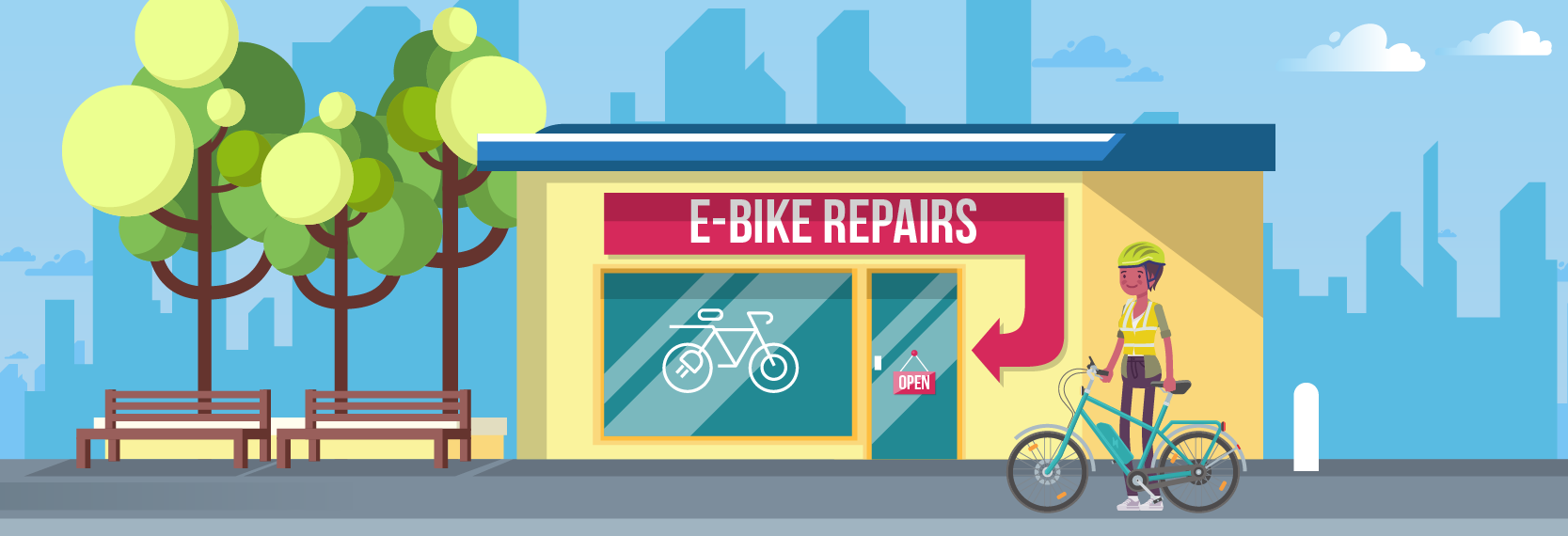
DIY builds, conversions, repairs, and upgrades
Battery repairs, servicing and installations should always be carried out by qualified professionals.
A significant proportion of incidents involving lithium-ion batteries are from equipment that has been built or engineered by inexperienced or unqualified person.
Working on lithium-ion batteries can be highly dangerous. Serious injuries and fatalities have occurred when batteries have been mishandled.
Cheap, unprotected, and second-hand batteries used in DIY projects have led to severe fires causing significant loss.

Downloads and more information
Further information and related pages
- Detailed information about Lithium-ion batteries and information regarding our research program can be found here.
- A basics of home lithium-ion battery safety info page is available here.
Printable downloads
Printable battery and charging safety factsheets are available for downloading.
- General battery and charging safety factsheet (PDF)
- E-bike and e-scooter charging safety poster (PDF)
Campaign resources and downloads
A campaign toolkit has been developed to help you communicate with your local community about how to safely use and dispose of lithium-ion batteries. It contains assets and resources for you to download and share.

